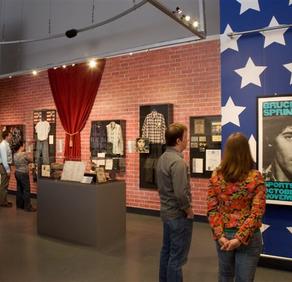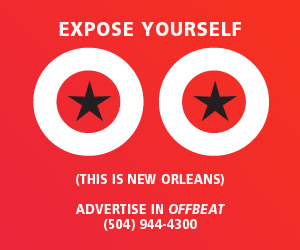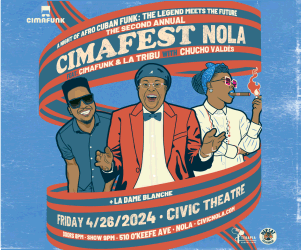 This morning, publisher Jan Ramsey wrote about her experience at the Rock and Roll Hall of Fame. My own response was a little different. It occasionally spoke to me, but too often the history of rock ‘n’ roll seemed to presented as the story of the clothes musicians wore and the guitars they played. Striking in their absence were photos that might have contextualized the artifacts on display. As presented, it seemed like we were supposed to ooh and aah at our proximity to Hendrix’s guitars or John Paul Jones’ wardrobe, as if some residual energy remains attached to them.
This morning, publisher Jan Ramsey wrote about her experience at the Rock and Roll Hall of Fame. My own response was a little different. It occasionally spoke to me, but too often the history of rock ‘n’ roll seemed to presented as the story of the clothes musicians wore and the guitars they played. Striking in their absence were photos that might have contextualized the artifacts on display. As presented, it seemed like we were supposed to ooh and aah at our proximity to Hendrix’s guitars or John Paul Jones’ wardrobe, as if some residual energy remains attached to them.
The absence of photos brought to mind the Marty Stuart show at the Ogden – sadly, not up anymore – which worked much better. He had the memorabilia, but he also had candid photos of country music stars that he took over the years. Those photos usually captured the human side of the person – Johnny Cash squinting to protect his eyes while spraying his hair into place – so that we’re conscious of the real person who became larger than life when he donned the Man in Black wardrobe or a Nudie suit or kickass cowboy boots. Stuart made the stars of country music seem like real people; the Rock and Roll Hall of Fame seems invested in maintaining the idea that these figures were larger than life. A movie at the Rock and Roll Hall of Fame does that literally as it presents the inductees on three large screens.
The things in the Hall of Fame that gave us some insight into the musicians were their hand-written lyrics. A Metallica lyric was printed in large, bold letters without a trace of hesitation or reconsideration, as if James Hetfield had complete confidence in every word as he was writing it. On the other hand, Bruce Springsteen scribbled out whole verses and drew arrows telling him to move lines into other verses, clearly conscious of himself as a craftsman honing in on a thought. Robbie Robertson of the Band wrote his name on the bottom right corner of the page with the lyrics for “The Night They Drove Old Dixie Down,” perhaps a sign of his consciousness about credit, or maybe a reflection of the schoolboy in him that couldn’t help but put his name on his work. I’m not sure what it says that the Runaways had letterhead, or that the letterhead only depicted three of the five women (though the “Cherry Bomb” lyrics helped me figure out a few words that I was never sure of thanks to Cherie Currie’s pronunciation), nor am I sure what to make of Jack Bruce drawing airplanes at the bottom of a Cream lyric. But these human touches invite the viewer to consider the relationships between these documents and the people who wrote them in a way that stage clothes and off-the-rack instruments don’t.
I’m not as sold on the concept of a music museum as Jan is, but if we’re to have one, humanizing the artist needs to be a priority. The more music – or any art – is presented as the work of uniquely gifted people, the more remote from day-to-day existence it seems. When music and art are presented as things made by real people, they’re reminders of the remarkable things that people can accomplish, which is always a valuable story to tell.




